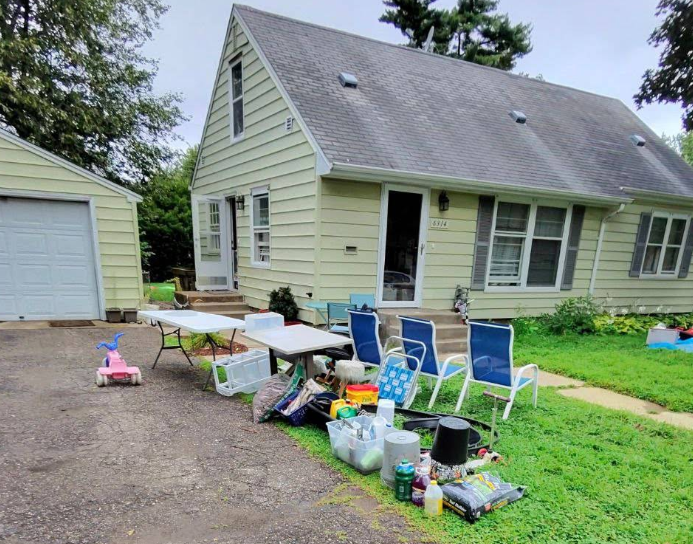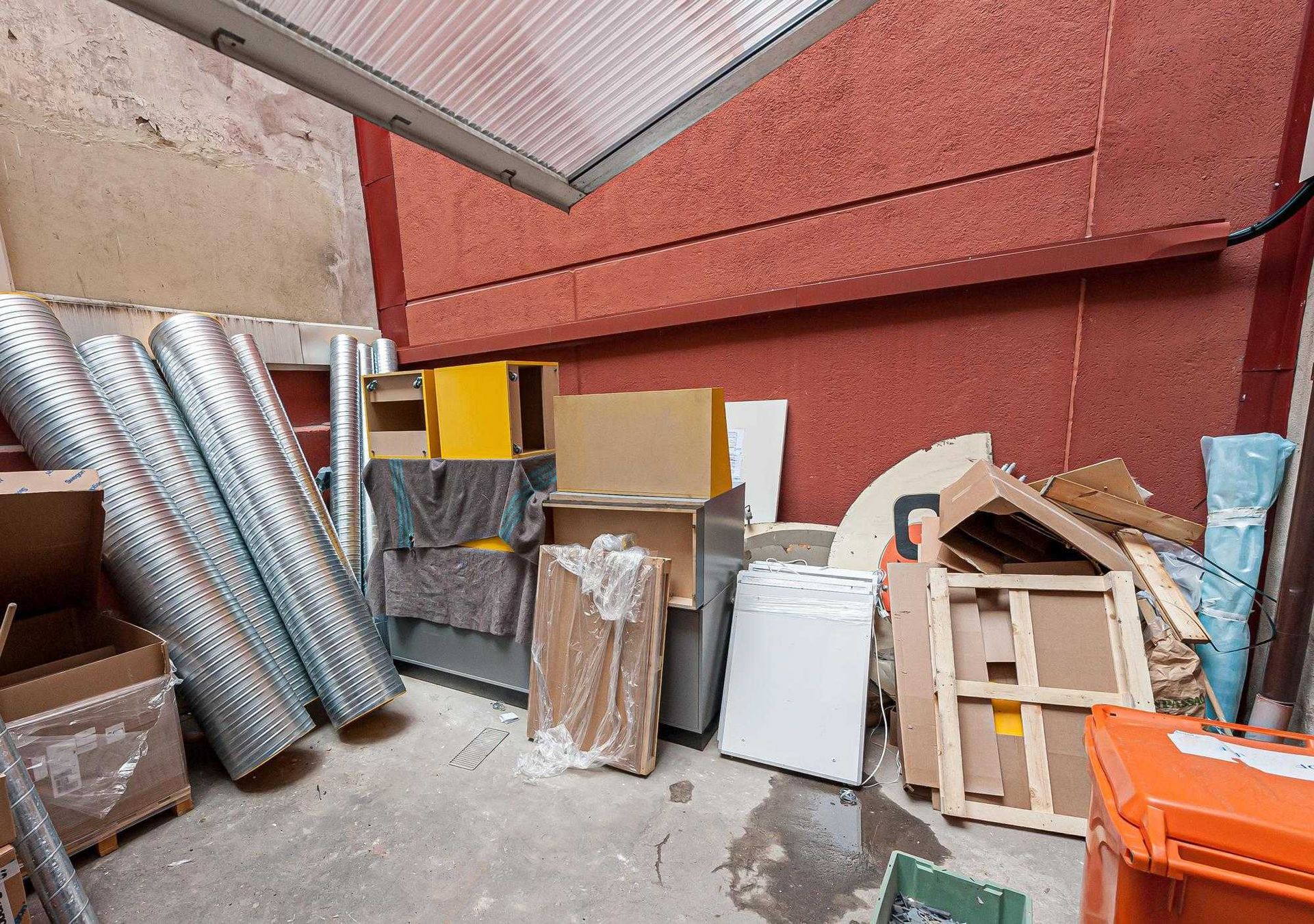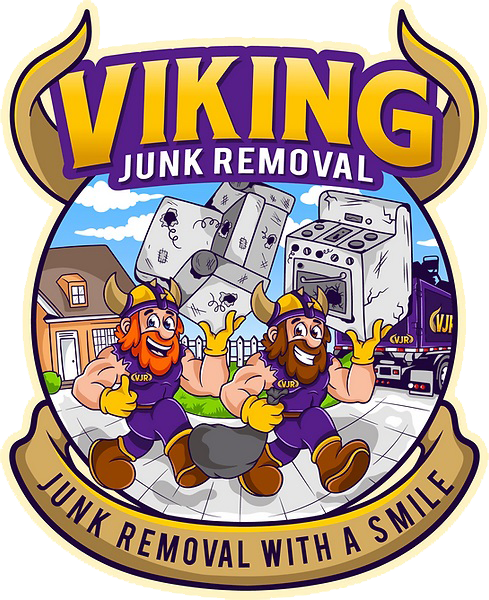How to Reduce Stress During a Furniture Removal
When the need for furniture removal arises, stress can often take center stage. The process can seem daunting with heavy lifting, coordinating schedules, and managing the logistics of getting the pieces from point A to point B. However, with a little preparation, the task can become much more manageable. Planning ahead and breaking the process down into smaller steps can help ease the load.
Enlisting the help of professionals who specialize in furniture removal is also a great option to reduce the physical strain and ensure everything is handled safely. Additionally, organizing and decluttering before the move will make it easier to part with unwanted items and avoid any last-minute decisions. Whether you're moving to a new home or simply rearranging your living space, knowing how to manage the process effectively can make all the difference.
Understanding the Basics of Furniture Removal
Furniture removal can feel overwhelming if you're not prepared for the physical and emotional toll it takes. At the outset, it's crucial to recognize that planning is the first step in keeping stress at bay. Knowing exactly what needs to go, what stays, and having a clear outline of your goals for the furniture removal will prevent a lot of last-minute scrambling. Start by assessing the pieces that need to be moved, and make decisions about whether you want to donate, sell, or dispose of them.
This early decision-making ensures that you won’t be faced with unnecessary clutter or confusion when the removal process begins. Additionally, take stock of the resources you'll need to manage the process. Do you have the right tools for moving? Are you able to lift heavy items on your own, or do you need assistance? With everything mapped out, you can avoid stress later when unforeseen issues arise. A little prep work upfront goes a long way.
Planning Ahead to Avoid Last-Minute Rush
One of the most effective ways to reduce stress during furniture removal is proper planning. Rushing through tasks, especially under pressure, only adds to the tension of the move. Start by scheduling your removal well in advance. Avoid last-minute calls to moving services, as this can lead to delays and higher costs. By booking your removal ahead of time, you allow yourself ample space to organize and ensure that your furniture removal process aligns with your personal schedule.
Take a moment to map out the entire removal process in advance. This includes determining the exact time you want the furniture removed and how the furniture should be arranged post-removal. With a good plan in place, you’ll avoid frantic phone calls and the stress of not having a clear path forward. The more you plan, the more manageable the entire experience becomes.
Choosing the Right Professionals to Help
While it’s possible to handle a furniture removal independently, calling in the professionals often makes the task far more manageable. When you're considering a removal service, take time to find a team with experience and a reputation for handling furniture carefully. The right professionals can navigate tight spaces and tricky corners, ensuring that your furniture is moved safely without damage.
A reputable furniture removal company can also help alleviate logistical stress. They’ll arrive on time, bring the necessary equipment, and execute the move swiftly, so you don’t have to worry about things like finding a van or hiring additional help. Plus, they’ll know the best way to handle tricky situations like getting oversized furniture out of a cramped space or dealing with delicate pieces that need special attention.

Decluttering Before Removal for a Smoother Process
When it comes to reducing stress during furniture removal, decluttering is key. The more organized your space is before the move, the easier the process will be. Taking the time to clear out unnecessary items helps reduce mental clutter, streamlining the task at hand. Here are a few steps to simplify the process:
- Sort through clothes and shoes: Start by going through your wardrobe and drawers. Donate any clothing that no longer fits or that you no longer wear. This will lighten the load and create more space in your home.
- Clear out books and magazines: If you have a collection of books or magazines gathering dust, this is a great time to part with anything you no longer find useful or interesting. Consider donating or selling items that still have life in them.
- Organize kitchenware: Go through your kitchen cabinets and drawers to remove items you don’t use. Donate any extra dishes, gadgets, or utensils that take up unnecessary space.
- Purge old electronics: Get rid of outdated or broken electronics that are just sitting around. Recycle old phones, computers, and appliances that no longer serve a purpose.
- Tidy up sentimental items: While decluttering, don’t forget to sort through sentimental items. Organizing these can help you focus on keeping only what truly matters, making the move more manageable.
Preparing Your Furniture for Safe Removal
Before the removal crew arrives, take steps to prepare your furniture for the move. Protecting your furniture from potential damage is a crucial part of reducing stress. Remove any fragile items, such as glassware, electronics, or other valuables that may be perched atop your furniture. This ensures that these items won't get damaged during the move.
For larger pieces, disassemble what you can. Removing legs from tables or taking apart a bed frame helps reduce the chances of something being scratched or nicked. Additionally, covering your furniture with blankets or other protective coverings can further reduce the risk of damage during the move. Taking these precautionary steps saves time on moving day and keeps your stress levels low, knowing that everything is prepped and ready to go.
Communicating Effectively with Your Removal Team
Clear communication is key to a smooth, stress-free furniture removal experience. When hiring professionals, make sure you clearly communicate your expectations, the timeline, and any specific requirements you may have. If there are any concerns or challenges, be sure to address them beforehand so the removal team can plan accordingly.
If you have specific instructions regarding how certain furniture should be handled, don’t hesitate to let the team know. Whether it’s requiring extra care for a valuable piece or ensuring that certain furniture pieces are moved in a particular order, making sure that everyone is on the same page minimizes potential confusion on the day of the move. The smoother the communication, the less stress you’ll face.
Consideration of the Disposal Process
Another stress-reducing strategy for furniture removal is having a clear understanding of the disposal process. If your furniture is no longer usable, it’s important to know how to dispose of it responsibly. Many removal services offer disposal services as part of their package, ensuring that your old furniture doesn’t end up in a landfill unnecessarily.
Look into eco-friendly options for recycling or donating your furniture. Many charitable organizations will happily accept furniture that’s still in usable condition, which helps you feel good about giving back to the community while reducing the environmental impact of your move. Knowing where your furniture will end up adds a sense of peace and closure to the process.
Staying Calm and Focused During the Move
Stress is often heightened by feelings of being overwhelmed. During the actual furniture removal, try to stay calm and focused. Take deep breaths and avoid rushing the process. If things don’t go exactly as planned, don’t panic. Remind yourself that the goal is to get your furniture moved, and a little hiccup here and there is inevitable. Stay patient with the professionals, and remember that you’ve done everything you can to prepare.
Keeping a positive attitude throughout the move helps you navigate any bumps along the way. If something doesn’t go as expected, take it as part of the process. Ultimately, your goal is to have your space transformed, and staying calm allows you to manage that transformation more effectively. A composed mindset is one of the best tools for reducing stress.
After the Move: Settling Into Your New Space
Once the furniture is removed, it’s time to shift focus to your next steps. The stress doesn’t end with the removal; instead, it transitions to settling into your newly cleared space. Take time to think about how you want to arrange the furniture and any changes you’d like to make. If the furniture removal was part of a larger move, this is the time to begin unpacking and organizing your new environment.
One way to keep stress low is by taking it slow. Don’t feel pressured to get everything perfect right away. Focus on one task at a time, whether it's arranging a new piece of furniture or unpacking boxes. By breaking it down into manageable steps, you can avoid feeling overwhelmed, and soon, your new space will feel organized and comfortable.
Conclusion
Furniture removal doesn’t have to be a stressful event. By planning ahead, communicating effectively, and staying organized, you can navigate the process with ease. Begin by measuring doorways and hallways to ensure your furniture fits through without difficulty. Make a list of items to be removed, and sort through them to decide what should be kept, donated, or discarded. If you find that you need assistance, professional furniture removal services like Viking Junk Removal in Minneapolis can make the task far more manageable.
Their team of experts is trained to handle even the most challenging furniture removal situations, ensuring that your move is as smooth and stress-free as possible. With their help, you can avoid the physical strain and logistical headaches, making your transition hassle-free. Contact them at 612-448-9506 or email sales@vikingjunkremovalmn.com for a stress-free experience tailored to your needs.






